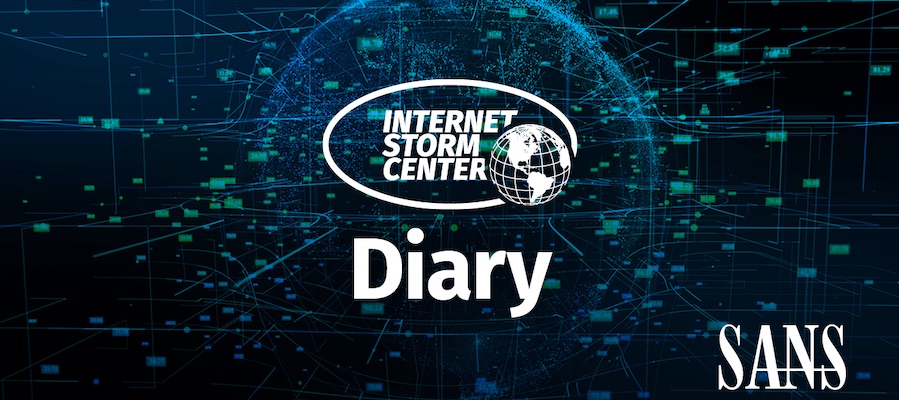I published the following diary on isc.sans.edu: “Simple Blacklisting with MISP & pfSense“: Here is an example of a simple but effective blacklist system that I’m using on my pfSense firewalls. pfSense is a very modular firewall that can be expanded with many packages. About blacklists, there is a well-known



